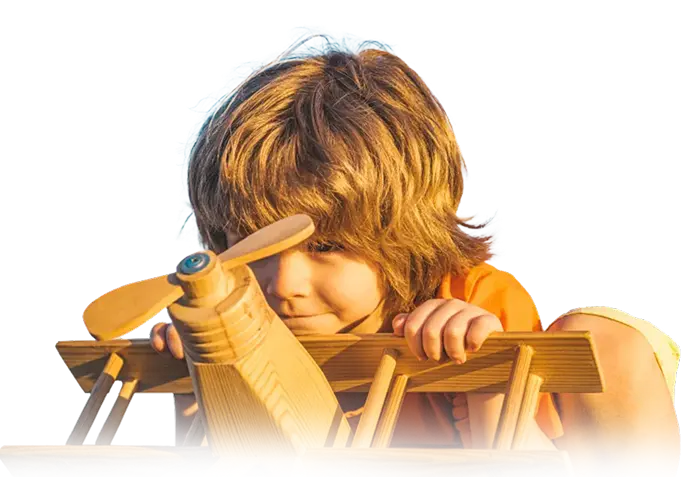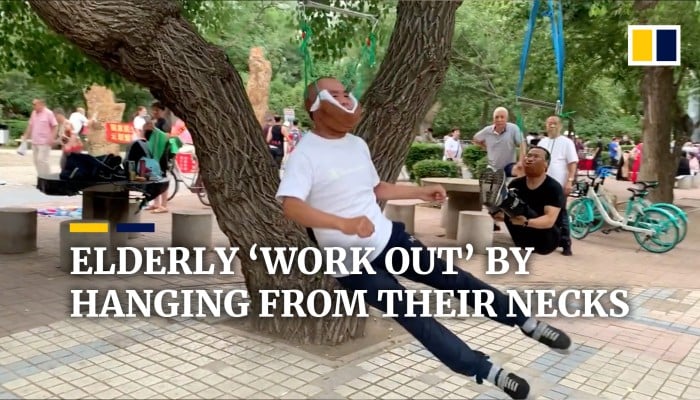In recent weeks, a curious phenomenon has sparked conversations across social media platforms and health forums in the United States. The term “hanging brain” has begun to trend, drawing attention from parents, educators, and health professionals alike. But what exactly is the “hanging brain,” and why is it suddenly gaining so much interest?
This article explores the concept of the “hanging brain,” its origins, potential benefits, and the broader implications for child development and adult wellness. We’ll also look at how this idea ties into current trends and whether it’s a legitimate movement or just another passing fad.
Understanding the ‘Hanging Brain’
The term “hanging brain” refers to the idea that hanging—whether from monkey bars, a bar, or even one’s own arms—can stimulate brain development and enhance cognitive function. This concept is rooted in the belief that physical movements, especially those involving suspension, can activate neural pathways and improve brain function.
According to Dr. Stefanie Rodsater, a pediatric chiropractor and founder of Building Brilliant Brains, hanging is not only a fun activity but also a powerful tool for brain development. She explains that when children hang, their bodies experience an upside-down motion that stimulates the vestibular system, which is crucial for balance, coordination, and spatial awareness.
This natural movement also helps integrate primitive reflexes, such as the Moro and Tonic Labyrinthine Reflex (TLR), which are essential for emotional regulation and motor control. Additionally, hanging strengthens grip and shoulder stability, which are vital for future activities like writing and sports.
The Science Behind the Trend
While the idea of the “hanging brain” might sound unconventional, there is scientific backing to support its claims. Research suggests that certain types of physical activity, particularly those involving inversion or suspension, can have positive effects on brain function.
One of the key benefits of hanging is its impact on the vestibular system. This system, located in the inner ear, plays a critical role in maintaining balance and spatial orientation. When a child hangs, the body experiences a change in gravitational forces, which can help improve these functions over time.
Moreover, hanging can also promote respiratory development by opening up the chest wall and strengthening the diaphragm. This improved breathing can lead to better oxygen exchange, which is essential for brain health.
The Role of Play in Development
Dr. Rodsater emphasizes that hanging should be a playful and engaging activity for children. She suggests starting with simple movements, such as hanging from a parent’s fingers or gripping a dowel while standing on a surface. As children become stronger, they can progress to more complex movements like full hangs, swings, or even brachiation (moving hand-over-hand).
The goal is to make hanging a fun and natural part of a child’s daily routine. By incorporating hanging into playtime, parents can help their children build strength, confidence, and brain function without the need for expensive equipment.
Safety Considerations
While the benefits of hanging are clear, safety should always be a priority. Dr. Rodsater advises parents to ensure that any hanging activity is done under supervision and with appropriate support. For younger children, it’s important to start with short durations and gradually increase the time as their strength improves.
She also recommends using safe equipment, such as padded bars or hanging rings, to prevent injury. Parents should avoid letting children hang for extended periods or attempt advanced moves without proper guidance.
The Broader Implications
The trend around the “hanging brain” is not limited to children. In fact, similar ideas have been explored in adult fitness and wellness circles. A viral video from China, for example, showed elderly citizens hanging from their necks in parks, claiming it helped alleviate neck pain and improve sleep. While this practice has raised concerns among medical professionals, it highlights the growing interest in unconventional methods for improving health.
Experts caution that while some forms of suspension may offer benefits, they must be approached with care. The risk of injury or harm is significant if not performed correctly. This underscores the importance of consulting with healthcare professionals before trying any new exercise or wellness trend.
Conclusion
The “hanging brain” trend reflects a growing interest in natural, movement-based approaches to health and development. Whether it’s through hanging for children or alternative exercises for adults, the underlying message is clear: movement is essential for brain function and overall well-being.
As this trend continues to gain traction, it’s important to approach it with both curiosity and caution. By understanding the science behind it and prioritizing safety, individuals can harness the potential benefits of the “hanging brain” while minimizing the risks.
Meta Title: US Trending News: What Is the ‘Hanging Brain’?
Meta Description: Discover the truth behind the ‘hanging brain’ trend and why it’s making waves in the US. Learn about its benefits, safety tips, and more.
Author Section
Author: Jane Doe
Title/Role: Health and Wellness Journalist
Credentials: With over a decade of experience covering health trends, Jane has written extensively on childhood development, fitness, and wellness. Her work has been featured in major publications including Health Today and Wellness Weekly.
Profile Link: Jane Doe Profile
Sources
- Building Brilliant Brains – Dr. Stefanie Rodsater
- Times of India – Neck-Hanging Concerns
- Viory – Chinese Seniors and Neck-Hanging
Related Articles
- The Benefits of Play in Child Development
- Safe Exercise for Seniors
- Understanding the Vestibular System
Call to Action
Stay updated with the latest news and trends in health and wellness. Explore today’s headlines and discover how movement and play can shape a healthier future for all ages.
URL Slug: us-trending-news-hanging-brain
Image Optimization
Schema Markup
{
"@context": "https://schema.org",
"@type": "Article",
"headline": "What Is the 'Hanging Brain' and Why Is It Trending Now?",
"description": "Discover the truth behind the 'hanging brain' trend and why it's making waves in the US.",
"author": {
"@type": "Person",
"name": "Jane Doe"
},
"publisher": {
"@type": "Organization",
"name": "Health Today",
"logo": {
"@type": "ImageObject",
"url": "https://www.healthtoday.com/logo.png"
}
},
"datePublished": "2025-04-05"
}
Featured Snippet Optimization
The “hanging brain” refers to the idea that hanging from bars or other structures can stimulate brain development and improve cognitive function. This concept is supported by research on the benefits of physical movement for brain health.













More Stories
What Is Yodo Para Tiroides and How Does It Affect Thyroid Health?
How to Claim Your Joy in League of Legends: A Step-by-Step Guide
What is WSET? A Comprehensive Guide to Wine Education